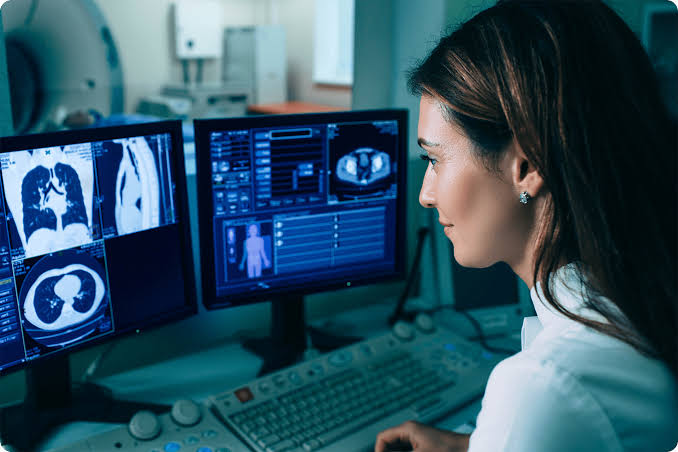
Clinical imaging (radiology)
Clinical imaging, otherwise called radiology, is the field of medication where clinical experts reproduce different pictures of parts of the body for analytic or treatment purposes. Clinical imaging methods incorporate painless tests that permit specialists to analyze wounds and infections without meddling.
Other valuable clinical imaging methodologies incorporate atomic medication useful imaging strategies, like positron discharge tomography (PET) checks. Different purposes of clinical imaging incorporate sweeps to perceive how well your body is answering a treatment for a break or sickness.
Advances utilized at totalmedicalimaging.com incorporate those having a place in the area of radiography. X-beam and CT filters are incredible assets, but since of ionizing radiation, they should be utilized sparingly. Ionizing radiation conveys with its the chance of diseases, waterfalls, cell change, and strange improvements in embryos. X-rays including atomic attractive reverberation (NMR) offer diminished gambles and no ionizing radiation. Ultrasound, utilizing ultrasonic vibrations to make pictures, addresses one of the most secure types of clinical imaging.
The utilization of surface-mounted sensors to quantify electrical movement is one more protected type of clinical imaging and is utilized in electroencephalography (EEG) and electrocardiography (ECG) however, these advancements produce a change over the long run chart as opposed to a graphical picture.
In various clinical imaging advancements, man-made brainpower (AI) is improving the capacity to decipher and dissect results. PC vision is being utilized to outwardly analyze conditions not yet apparent to the natural eye.
Who utilizes clinical imaging?
A radiographer otherwise called a clinical imaging technologist or radiology technologist - - is liable for directing clinical imaging methodology. Radiographers are college prepared with careful information on the body's construction and what it is meant for by various illnesses and wounds. They can work in the methods referenced above - - including MRIs and CT filters - - as well as in regions, for example,
Angiography - which includes imaging a patient's veins and heart.
Versatile radiography - which is the utilization of unique machines to perform imaging systems on patients that are too wiped out to even consider heading out to an emergency clinic.
Fluoroscopy - which is an x-beam that inspects the patient's inward body and shows moving pictures on a screen, similar to a film.
Injury radiography - which regularly includes work in crisis offices.
Radiographers carry out clinical imaging techniques in line with a radiologist. Radiologists are specialists prepared to analyze and treat sicknesses and wounds utilizing clinical imaging advances. Radiologists are additionally answerable for treating sicknesses - - like malignant growth and coronary illness utilizing radiation or negligibly obtrusive, picture drove medical procedures.
When the systems are finished, the radiographer presents the pictures to the radiologist. The radiologist then, at that point, investigates the outcomes, presents a finding of the illness or injury, and decides the best treatment choices for the patient.
Significance of clinical imaging
Clinical imaging permits specialists to more readily evaluate patients' bones, organs, tissue, and veins through harmless means. The strategies assist with deciding if a medical procedure would be a powerful therapy choice; finding cancers for therapy and evacuation; finding blood clusters or different blockages; direct specialists managing joint substitutions or the therapy of breaks; and helping different systems including the situation of gadgets like stents or catheters inside the body.
By and large, clinical imaging has further developed judgments and medicines by incredibly decreasing how much mystery is done by specialists, permitting them to more successfully manage patients' wounds and illnesses.

Comments (0)